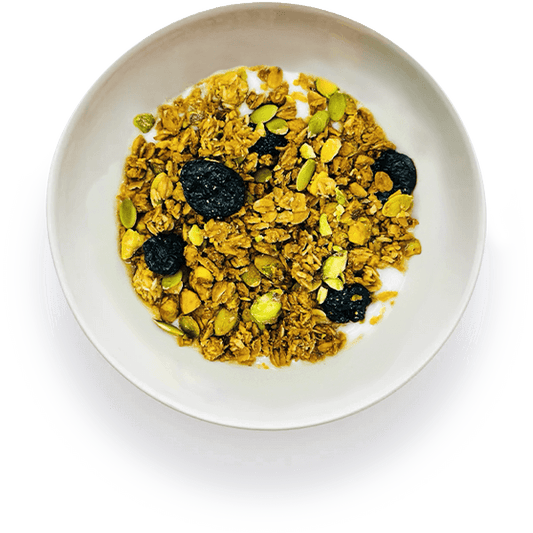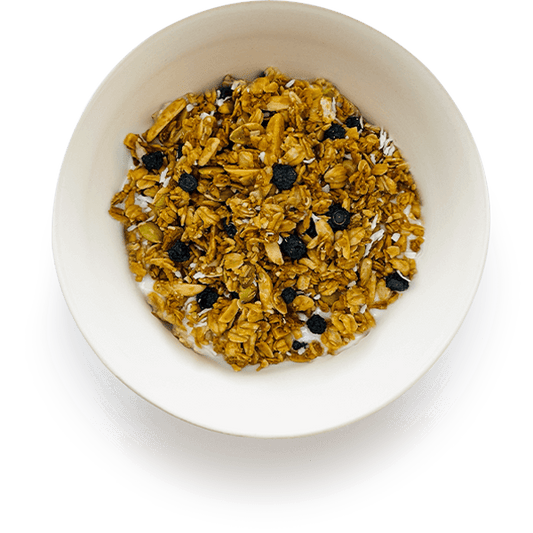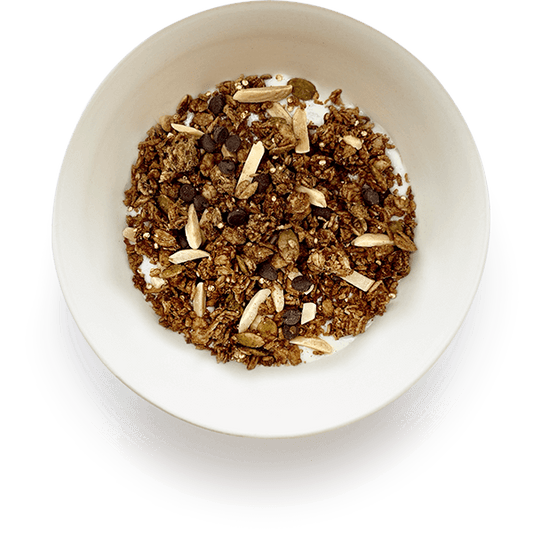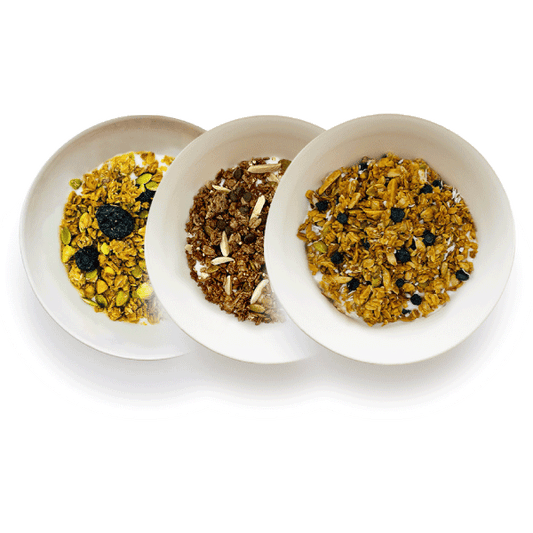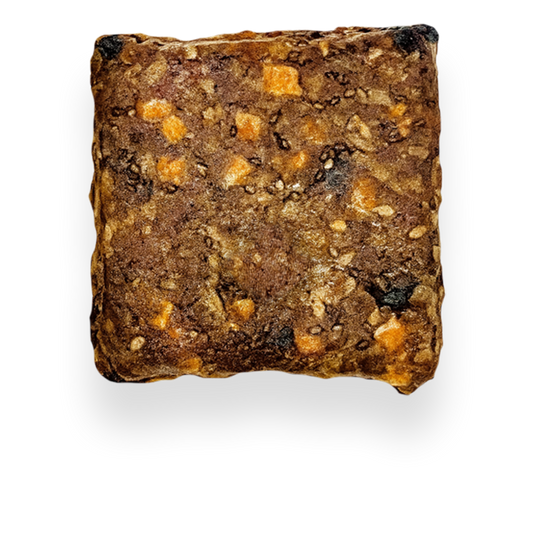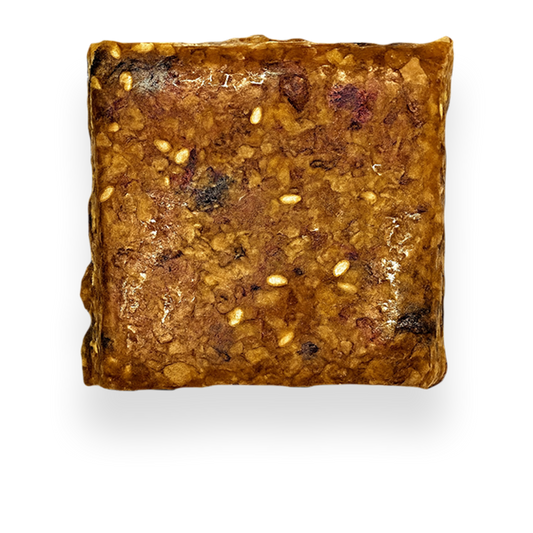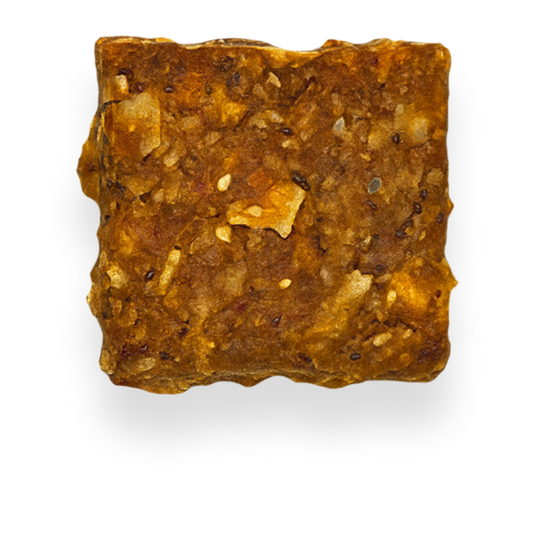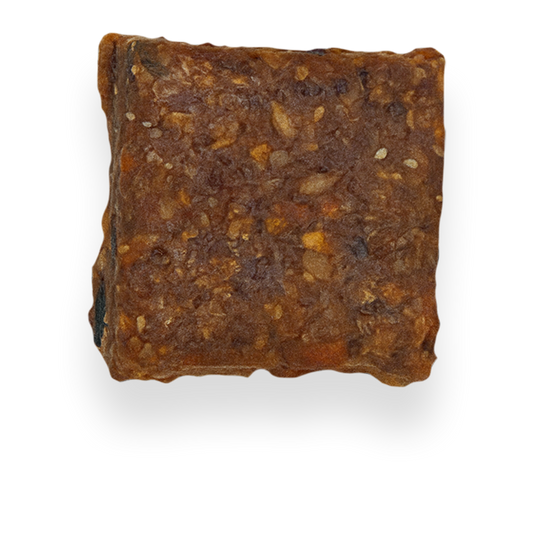Mastering Food Labels for Plant-Based Living
By FireRoad
Frequently Asked Questions
1. Why is it important to read food labels when following a plant-based diet?
2. What are the key components of food labels I should pay attention to?
3. How can I identify healthy snacks while on a plant-based diet?
4. What should I be cautious about with misleading food claims?
5. How can meal planning support a healthy plant-based lifestyle?
When embarking on a plant-based lifestyle, understanding how to read food labels is crucial. Not only does it help you make informed choices, but it also ensures that you're meeting your nutritional needs while enjoying delicious meals like a Tex-Mex Scramble. In this guide, we'll break down everything you need to know about food labels, enabling you to maximize your health and make the best decisions for your vegetarian or vegan diet.
The Importance of Reading Food Labels
Food labels provide essential information about the product, helping you understand what you're consuming. In a world where convenience often overrides nutrition, knowing how to decipher these labels can empower you to choose healthy options. Whether you're whipping up a quick Tex-Mex Scramble for breakfast or planning meals for the week, knowing what's in your food makes all the difference.
Understanding the Key Components of Food Labels
Nutritional Facts
The Nutritional Facts panel is the cornerstone of any food label. This section provides key information about the nutritional content, including:
- Serving Size: Always check this first. The serving size tells you how much of the product is considered one serving. This is crucial as it impacts the number of calories and nutrients you consume.
- Calories: This indicates how much energy you get from one serving of the food. If you're aiming to maintain a healthy weight, calorie count is important.
- Total Fat: While fats are essential, pay attention to the types of fats. Look for healthy fats like those found in nuts, seeds, and avocado.
- Saturated and Trans Fats: Aim to minimize intake of these unhealthy fats, as they can lead to heart issues.
- Cholesterol: Plant-based diets should naturally be low in cholesterol; however, it’s always wise to monitor any products containing animal-derived ingredients.
- Sodium: Excess sodium can lead to high blood pressure. Look for low-sodium options whenever possible.
- Total Carbohydrates: This includes dietary fiber, sugars, and complex carbohydrates. Prioritize foods high in fiber for digestive health.
- Protein: As some plant-based foods are lower in protein, check for protein content to ensure you’re meeting your daily intake.
- Vitamins and Minerals: Look for products fortified with essential nutrients like Vitamin B12, iron, and calcium, especially if you’re on a vegan diet.
Ingredient List
The ingredient list reveals what’s actually in your food, listed in order by quantity. Here’s how to interpret it:
- Whole Foods First: Aim for products where whole foods, like beans or grains, are listed at the top.
- Avoid Additives: Be cautious of long ingredient lists with hard-to-pronounce additives. These may indicate highly processed foods.
- Watch for Hidden Ingredients: Ingredients can be disguised as something else; for example, “casein” is a dairy protein, so check for its presence if you’re avoiding dairy.
Navigating Labels for Plant-Based Living
When choosing products for plant-based cooking or quick meals like a Tex-Mex Scramble, consider the following tips to ensure you’re making healthy choices:
Focus on Whole Foods
The best plant-based options come from whole food sources. Fresh vegetables, fruits, legumes, nuts, and whole grains should form the bulk of your diet. These foods typically have fewer additives and higher nutritional value, helping you achieve optimal health.
Pay Attention to Serving Sizes
Sometimes, products might seem healthy but come in unexpectedly large serving sizes. Always adjust your calorie and nutrient calculations based on the serving size, ensuring that it aligns with your dietary needs.
Be Mindful of Sugar
Many processed foods contain added sugars that can sabotage your healthy eating habits. Look for labels with less than 5 grams of sugar per serving, and be cautious of products labeled "healthy" that may hide sugar under different names like agave syrup or cane juice.
Common Misleading Claims
Be wary of common marketing phrases that can lead you astray. Here’s a breakdown of terms to watch for:
Natural
The term “natural” can be misleading as it’s not regulated. Just because a product is labeled as natural doesn’t mean it’s healthy. Always look at the ingredient list for clarity.
Organic
While organic products are often a good choice, remember that organic doesn’t always mean healthy. An organic cookie is still a cookie. Check the nutritional content before indulging.
Gluten-Free
Not all gluten-free products are healthy. Some are highly processed and packed with sugar or unhealthy fats. Always check the label for overall healthiness.
Healthy Snacking on a Plant-Based Diet
Snacking can be tricky when following a plant-based lifestyle. The good news is you have plenty of options. Here’s how to choose healthy snacks:
- Opt for Whole Fruits and Vegetables: These snacks are nutritious, filling, and low in calories. Pair them with hummus or nut butter for a protein boost.
- Nuts and Seeds: A handful of nuts or seeds can be a great snack packed with healthy fats and protein. Just be cautious of portion sizes!
- Look for Energy Bars with Real Ingredients: If you choose to go for bars, select ones that contain whole ingredients with no added sugars.
Meal Planning for a Healthy Plant-Based Diet
Planning your meals will help you stick to your healthy goals and make grocery shopping easier. Follow these guidelines to create nutritious and delicious meals:
Start with a Template
Create a weekly template that includes breakfast, lunch, dinner, and snacks. Fill in different options as per your preferences while ensuring a balanced intake of protein, carbohydrates, and fats.
Incorporate Diverse Ingredients
Explore different plant-based proteins like lentils, chickpeas, and quinoa to keep your meals exciting. This will also help fulfill your nutritional needs without getting bored.
Prep Ahead of Time
Devote a bit of time to meal prep on weekends. Cook larger batches of grains, legumes, and roasted vegetables that can be used throughout the week. Not only does this save time, it also keeps you on track.
Putting It All Together in the Kitchen
When cooking plant-based meals, creativity is key. Whether whirling up a Tex-Mex Scramble or a vibrant salad, remember that the combinations are endless. Utilize fresh herbs and spices to elevate your dishes while keeping processed ingredients to a minimum.
Stay Inspired
Follow plant-based chefs or communities online for new ideas and inspiration. Engaging with others passionate about plant-based living can motivate you to try new recipes, explore flavors, and invite better choices into your daily diet.
Practice Mindful Eating
Pay attention to your food when you eat. Enjoy the textures and flavors, and develop an appreciation for what you’re consuming. This practice can significantly enhance your relationship with food, leading to healthier choices naturally.
With this comprehensive understanding of reading food labels for a plant-based lifestyle, you'll feel confident navigating the grocery store, choosing the right ingredients, and preparing meals that are both healthy and satisfying. From your morning Tex-Mex Scramble to your post-dinner snacks, you're now equipped to make the best nutritional choices that align with your health goals. Embrace the journey, enjoy the vibrant flavors, and make each meal a celebration of health!



